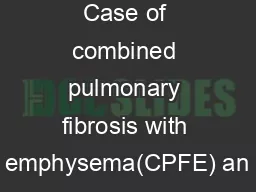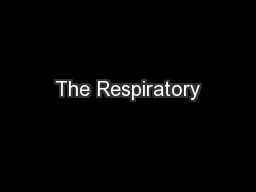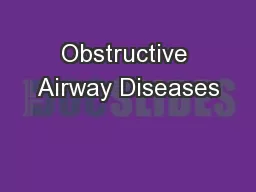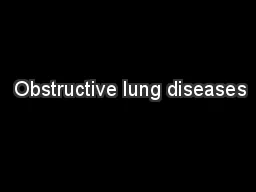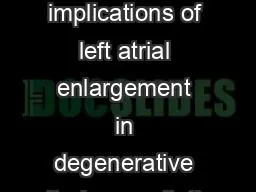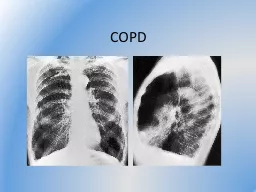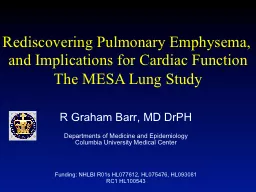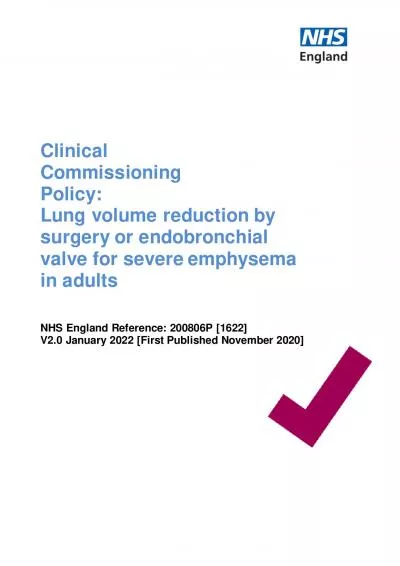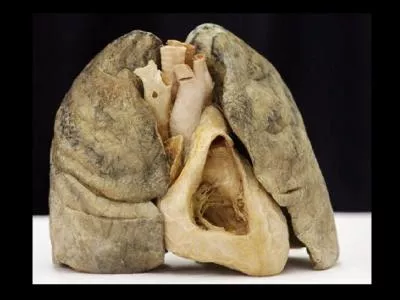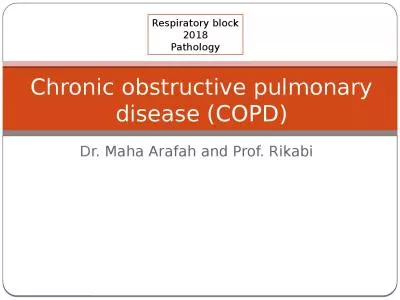PPT-Emphysema: It is characterized by loss of lung elasticity and abnormal enlargement of
Author : scarlett | Published Date : 2024-02-03
Two of the recognized causes of emphysema are smoking which incites lung injury and inherited deficiency of α1 antitrypsin an antiprotease enzyme that protects
Presentation Embed Code
Download Presentation
Download Presentation The PPT/PDF document "Emphysema: It is characterized by loss ..." is the property of its rightful owner. Permission is granted to download and print the materials on this website for personal, non-commercial use only, and to display it on your personal computer provided you do not modify the materials and that you retain all copyright notices contained in the materials. By downloading content from our website, you accept the terms of this agreement.
Emphysema: It is characterized by loss of lung elasticity and abnormal enlargement of: Transcript
Download Rules Of Document
"Emphysema: It is characterized by loss of lung elasticity and abnormal enlargement of"The content belongs to its owner. You may download and print it for personal use, without modification, and keep all copyright notices. By downloading, you agree to these terms.
Related Documents


